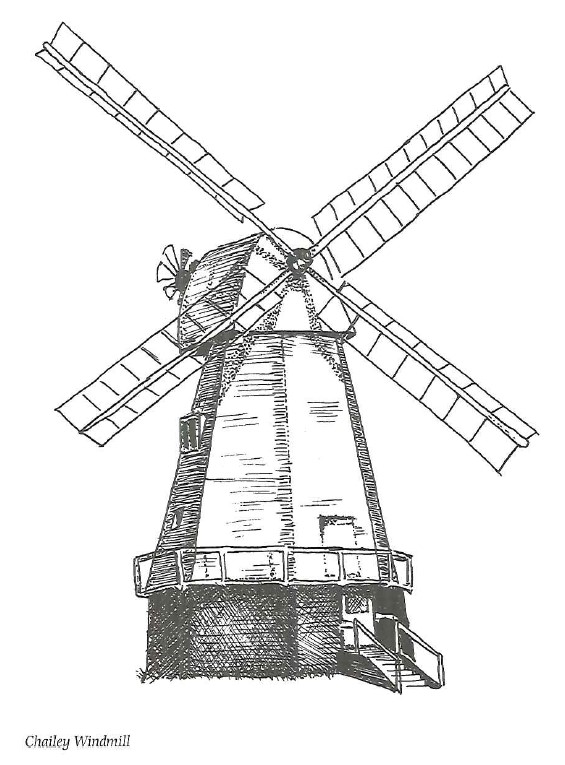A distinguished Saxon church and pretty cottages grouped around a green, known locally as The Egg, which has escaped Seaford’s suburban tentacles.
As the name Bishopstone implies, it was for centuries a sort of retreat for the Bishops of Chichester, who used to stay here until the 17th century. In 1324 one of them entertained Edward II for two days.
It was the bishops who built the first recorded windmill in Sussex, and possibly in England, in 1199. The mill has long gone, as has a mill of an equally ingenious kind built by the industrious Mr William Catt who harnessed the power of the sea to grind his corn at the Bishopstone tide mill.
This son of a farmer believed in hard work and thrift. He and his wife would begin their working day at 3 am and his principle was to earn a shilling and save a penny. In addition to establishing the tide mill by the sea a mile or so from the village he reclaimed much of the coastal wasteland to grow more crops.
The mill and the hamlet which sprang up around it are no more, having been used for comprehensive practice by the artillery during the Second World War, but the memory lives on in the name of Tidemills.
Mr Catt seems to have been a stern but benign patriarch and it was recorded that at one harvest supper an old retainer, probably made bold by drink, had the temerity to say “Give us yer hand, sir, I love ye, I love ye, sir; but I’m damned if I bean’t afraid of ye though!”
Bishopstone church’s most striking feature is the Saxon porch with a sundial on its gable bearing the name Eadric. One of its parsons of the past used to do his bit for nature conservation in the days when farmhands supplemented their incomes by trapping wheatears. The tender-hearted clergyman would secretly visit the nets and release the trapped birds, but he also spared a thought for the frustrated catchers by leaving a penny for every wheatear he had released.
James Hurdis, born at Bishopstone in 1763, was both clergyman and poet. He became curate at Burpham, in West Sussex, where he wrote The Village Curate, and was later made vicar of his native village. His work was much admired and he went on to become Professor of Poetry at Oxford. At Bishopstone he wrote in praise of the place of his birth in The Favourite Village printed at the author’s own press, Bishopstone, Sussex.’
The aftermath of the disastrous Dieppe Raid of 1941 was a particularly sad time for villagers. They had befriended the young Canadian troops stationed at Bishopstone and many crossed the Channel on that fateful day carrying a bag of scones baked the night before by the postmistress and her sister-in-law. For weeks after the raid socks and underwear stayed on the washing lines where the missing Canadians had lived.
